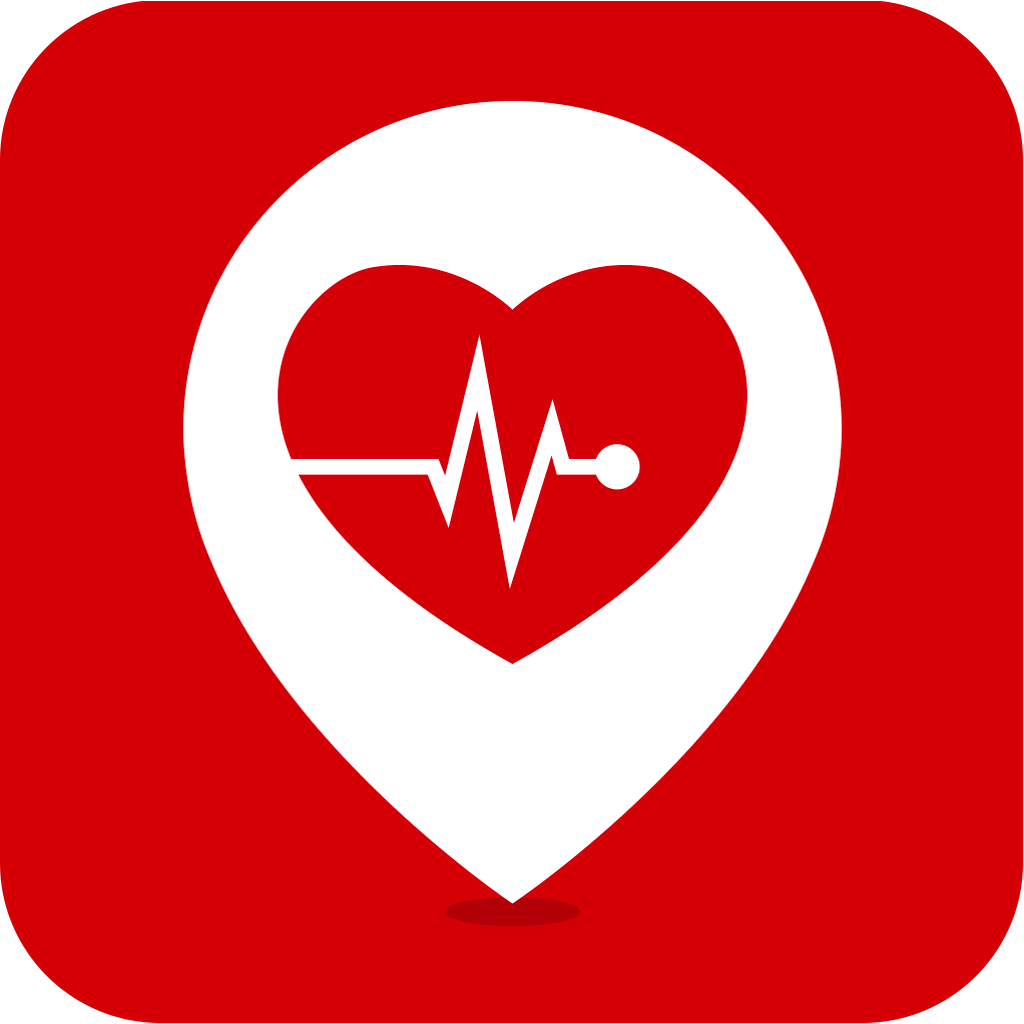Hands-Only CPR
When someone suffers cardiac arrest, every second counts. The longer a patient goes without Cardiopulmonary Resuscitation (CPR), the less likely their chance of survival. Unfortunately, that is what happens all too often. According to the American Heart Association (AHA), 70% of Americans feel helpless during emergency situations and hesitate to act.
To help ease fears and increase the chances of patients getting the assistance they need, the AHA has developed Hands-Only CPR. Hands-Only CPR involves two simple steps:
- Call 9-1-1 or assign someone to do so.
- Begin chest compressions. Place one hand on top of the other, interlacing the fingers and push hard and fast in the center of the chest using the heel of the hand. To help CPR givers deliver chest compression at the correct intervals, the AHA recommends doing so to the beat of the song “Stayin’ Alive.” Continue giving compressions until help arrives.
For more information, visit the American Heart Association's Hands-Only CPR page or download a Hands-Only CPR app from both Google and iTunes.
Hands-Only CPR StepsWe also offer free hands-only CPR training for businesses, schools, and community groups within our district. Please call 858-756-5971 for more information.

According to the American Heart Association, millions of people are certified in CPR every year, yet only 40% of sudden cardiac arrest (SCA) victims receive CPR before professional help arrives. The issue isn't that people aren't willing to help, but that they just don't know that someone near them needs help. PulsePoint Respond is an app designed to change that. It works with participating agencies, including the Rancho Santa Fe Fire Protection District, to increase SCA survival rates by notifying users if someone nearby is in need of assistance. Users can then go to that person's aid until paramedics arrive. The app, which is available both on iTunes and Google Play, includes instructions for performing CPR and shows the location of automatic external defibrillators (AEDs) in the area. For more information about PulsePoint, including links to the apps, please visit their website www.pulsepoint.org.
Click here for a list of active incidents
